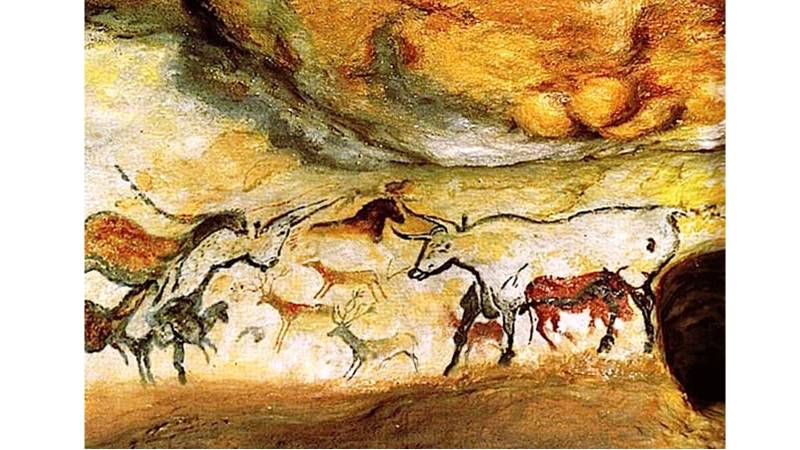
I am not an artist in the real sense of the word, but have always enjoyed art. Provided, and it is an important proviso, I understand what I am looking at. Here I am using the word artist in a rather restrictive way. By that I mean those artists who use brush and paint to create art.
Granted there are many other types of art that is classified as visual art, such photography and calligraphy. But here I mean to talk about the kind of art that one sees adorning the walls of an art museums or art galleries. Or on the walls of ancient caves.
Art has been part of human experience for millennia. The Buddhist cave complex of Ajanta in India dates to before the common era. These caves, in fact buildings, were carved into a mountain and their walls were adorned with Buddhist religious art. In southwestern France Paleolithic cave dating back to 17000 to 15000 BC show exquisite depiction, in colour, of horses, bison, deer, and other animals.
I enjoy looking at the art if the art depict the world around us. I want to see people portrayed as people. I want the artists to play with colours and create something which is fascinating, mesmerising, and close to the real world. I say this because abstract art is something I have difficulty in comprehending. And it is not for want of trying.
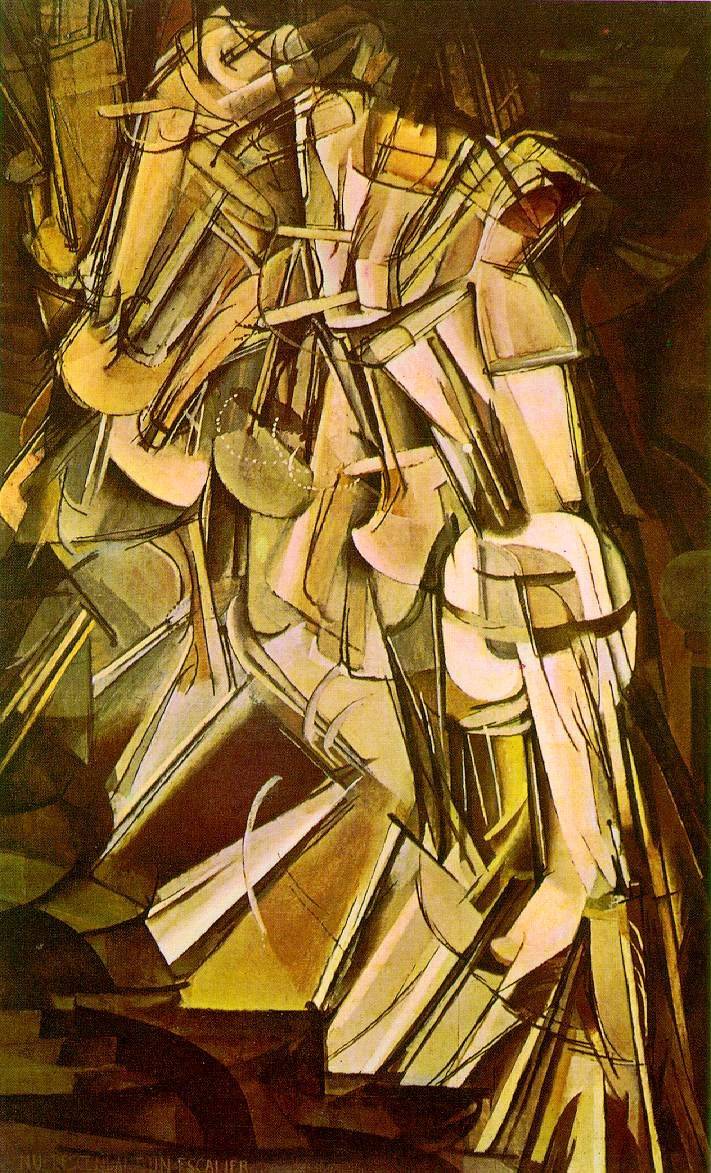
The University of Toledo, my academic home for over 45 years, has an art exhibition one weekend during summer months. Area artists and artists from around the country exhibit their art in an outdoor setting in a juried show. While browsing through the exhibits, I came across an artist and his wares that I could not comprehend. Vivid and vibrant colours attracted me to a particular piece. I asked the artist what the painting showed. He answered my question with a question: what do you see. Now if I were smart enough to make sense of random vivid and bright colours on the canvass, I would have not asked what the artist thought was a frivolous question.
I addressed my encounter at the university art exhibition in my biweekly column in our hometown newspaper the Blade. That led to an invitation by Dr Brian Kennedy, President of Toledo Museum of Art to come to the museum for lunch and a personalised tour of Museum’s collection of abstract art.
Toledo Museum of Art is considered one of the top art museums in America. It contains a huge collection of American, oriental, and African art. It is a joy to visit the museum which I do whenever I can.
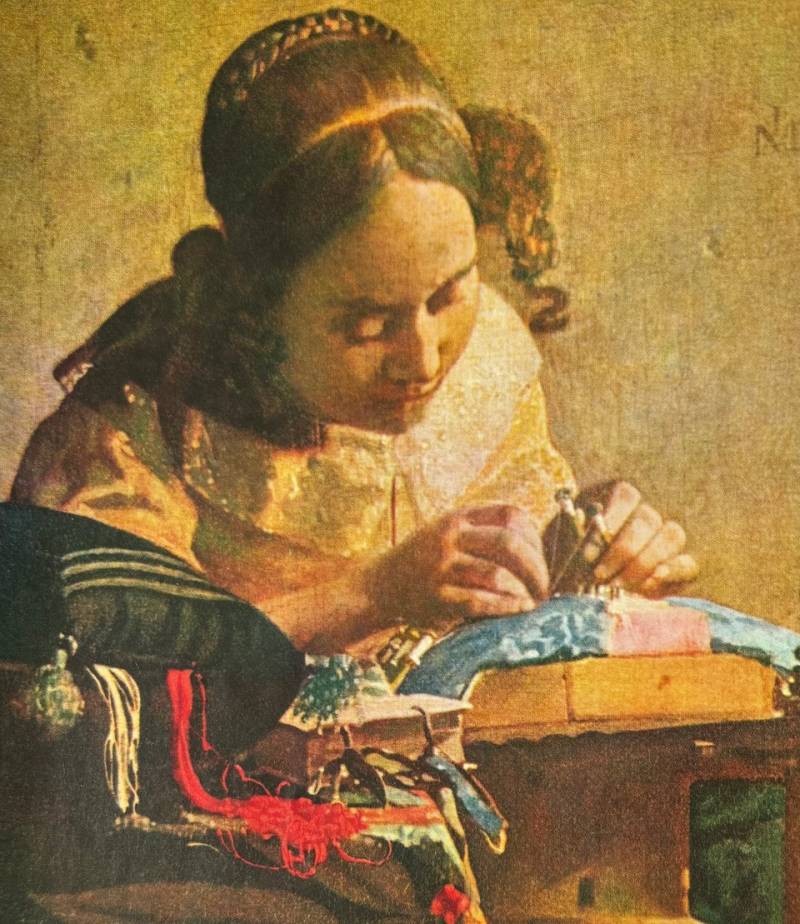
Mr Kennedy was gracious and engaging. He showed me the art of a few well-known abstract artists and gave me a book he had written on the art of Frank Stella, one of the great abstract artists. I realised then that there was nothing wrong with the art but only my perception of it. Like the Persian saying:
خر عیسیٰ اگر بہ مکّہ ردو چوں بیاید ہنوز خرش باشد
If (Prophet) Isa’s donkey goes to Makkah
On return he would still be a donkey
I tried to understand abstract art by looking at the paintings, but to no avail. There is a famous painting Nude Descending a Staircase by Marcel Duchamp in which, as the title implies, there is a nude women going down a staircase. In the painting, for the life of me, I could not identify a woman, leave aside a nude one, descending the staircase.
Ad Reinhardt, an abstract artist, defined art in a humorous way: Art is art. Everything else is everything else
Perhaps my educational background has something to do with my ignorance of certain types of art. At primary school, located just down the street from our home in the walled city of Peshawar, there was no art in our curriculum. We sat on mats woven with reed plant leaves. We used reed-stem pens and black ink to write on wooden tablet called takhti, which was our notebook and our slate. There was, however, one second-grade teacher by the name of Lal Shah Jigar Kazmi (a onetime poetry pupil of the famous Daagh Dehlvi) who instilled in me the love of penmanship. That was closest thing to an art form I imbibed as a first grader. In my high school the only art instruction was a drawing class where we drew a pitcher or a cup or an object like that. There were no instructions. We drew what we saw and realising what I drew was more about my inability to observe and study than what I really drew which was terrible.
The gift of calligraphy by my second-grade teacher however is still with me and I still practice it regularly.
In college I developed interest in poetry particularly the poetry of Mirza Ghalib. I saw in the college library a unique book called Muraqqa-e-Chughtai. In the book the famous artist Abdul Rahman Chughtai had rendered selected verses of Ghalib’s poetry into pen drawings and paintings. First, I was startled to see gracile necks, big and slanted dovey eyes, and exaggerated curves of women and endless folds of drapery. Slowly I learned to look at the art in the light of Ghalib’s verses and not the other way around.
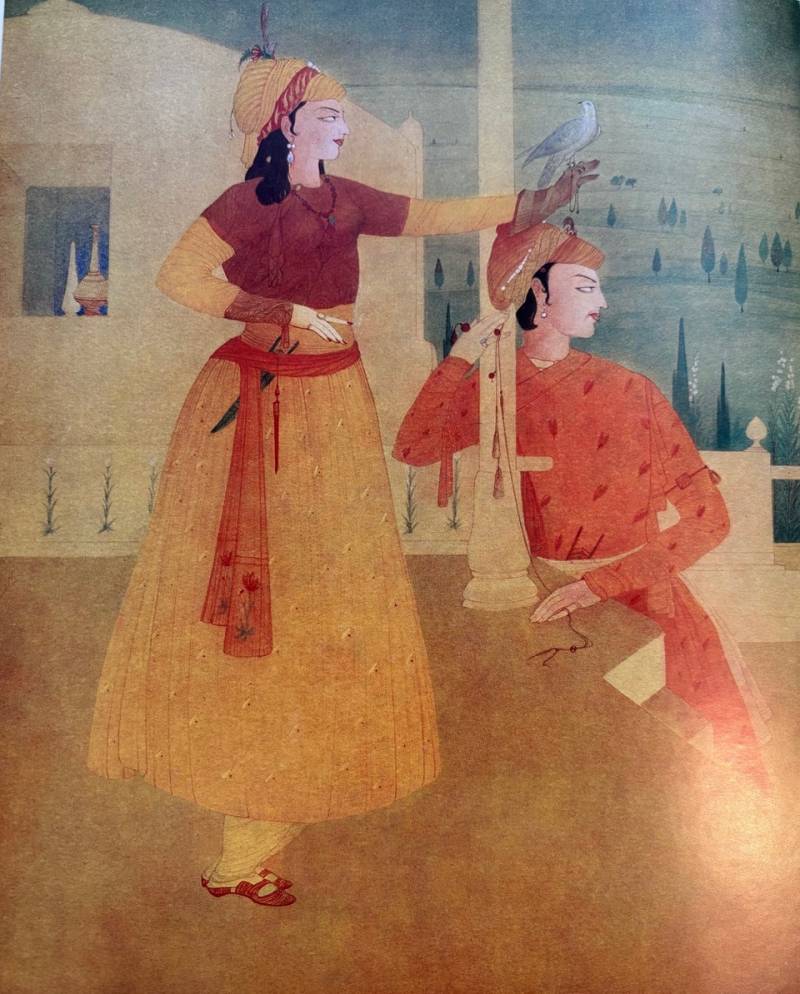
Chughtai would do the same thing for Iqbal’s poetry 33- years later. Published in 1962 Poet of the East has some exquisite paintings interpreting selected verses of Allama Iqbal.
I was exposed to Western art when I went to America for higher studies. Towards the end of my house job in surgery, a salesman from pharmaceutical company CF Boehringer gave me a beautiful 1963 diary that had famous paintings, sculptures and other pieces of art from around the world. That diary opened a new world for me. The gift of a diary was in an innocent era where doctors were content to receive ballpoint pens, writing pads and an occasional lunch for the clinic staff. Large scale bribes in the form of junkets to exotic places with families would come later. Of course, it was done to have the doctors prescribe medicines manufactured by the pharmaceutical companies. But I am getting away from my premise.
The diary was fascinating to go through. On each page there were reproductions of art from around the world which was different from one another but somehow spoke to the ingenuity of man and their effort to interpret the world we live in. I was fortunate to see many of those art pieces in various museums in the US and abroad in subsequent years.
I am always amazed and surprised that most people, tourists in particular, just breeze through a museum. It is akin to eating fast food, real fast, without any regard to taste or flavour. Museums need slow and deliberate walk-through galleries, pausing at each work of art to absorb the complexity, framing, and execution. There is always a label accompanying the work that gives in some detail the artist and the context of the painting. It takes time to read, imbibe, and absorb. It is not unlike enjoying a gourmet cuisine at a s l o w e r pace savouring every bite.
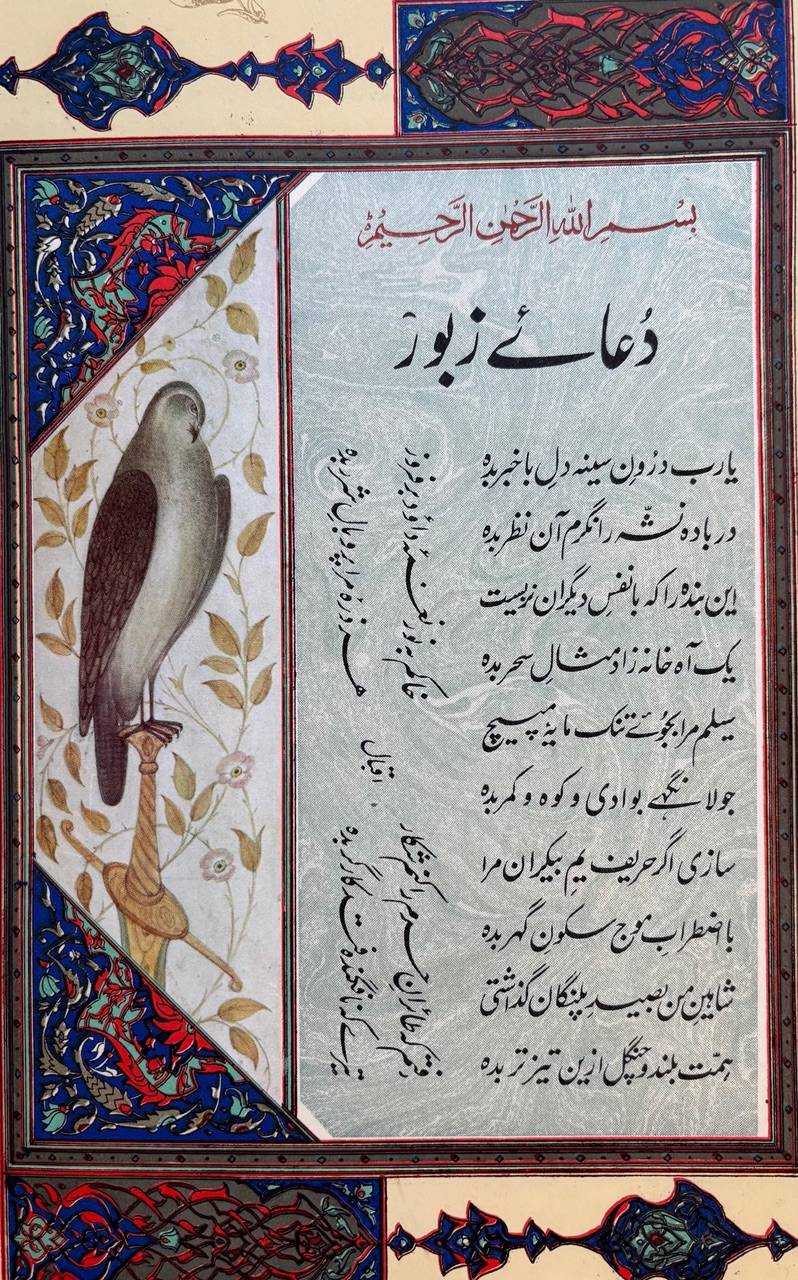
Having realised my shortcomings in art, I started to practice anatomic parts when I was in medical college. As they say one picture is worth a thousand words, the memory of those sketches came handy during anatomy exams and later as a surgeon. I used the anatomic drawings of the areas I operated on in patient’s chart. Granted, they were not perfect as an artist would draw, but they helped me record details of a surgical operations.
Many years ago, I was fortunate to meet a self-taught watercolour artist in my hometown Peshawar. He was also a professor of medicine in Khyber Medical College. In brilliant and vivid colours, Ghulam Shabbier painted scenes, buildings and everyday life of the city. As the years passed his art became more mature and started exhibiting flashes of surrealism. Some may call it abstraction. Nevertheless, one can still connect the rendering with the original structures in the city. He is the chronicler of the storied past of Peshawar and his paintings speak volumes. As the famous American painter and sculpture Robert Rauschenberg had noted that the artist’s job is to be a witness to his time in history.
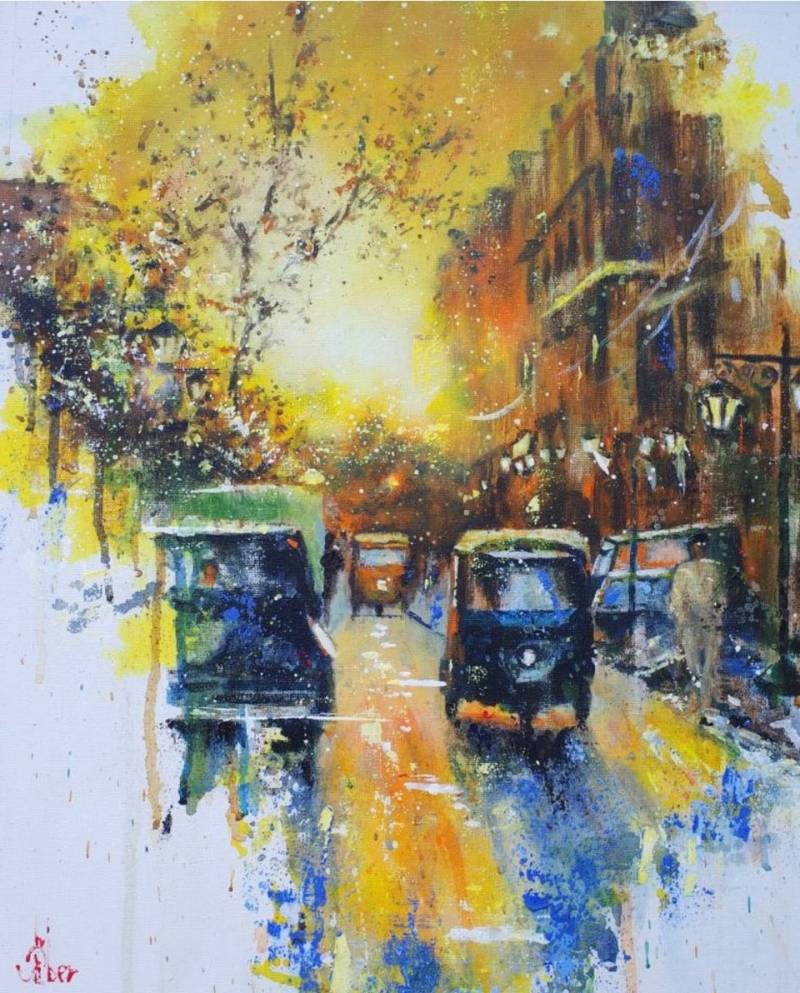
My random excursions in the realm of art have been exciting and rewarding. Over the decades I have realised that the world of art is vast and varied. I have also learned that one must understand and enjoy the art if one comes across a roadside stall with art display, someone’s private collection or displays in a museum. Real art is a feast for our eyes and appeals to our heart and our mind. But still, it defies a precise definition. Ad Reinhardt, an abstract artist (1913-67), defined art in a humorous way: Art is art. Everything else is everything else.

